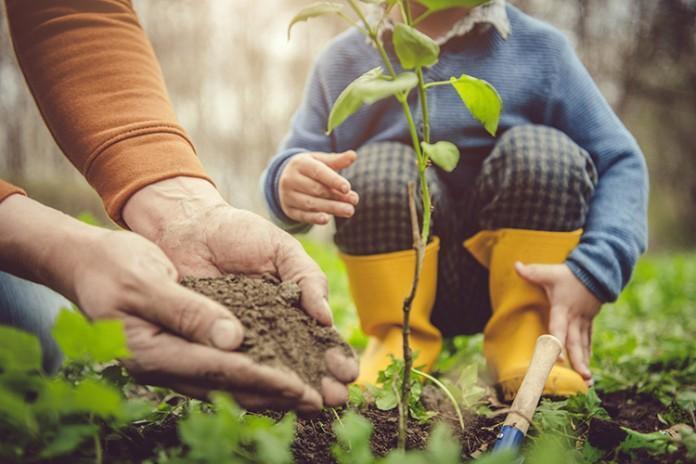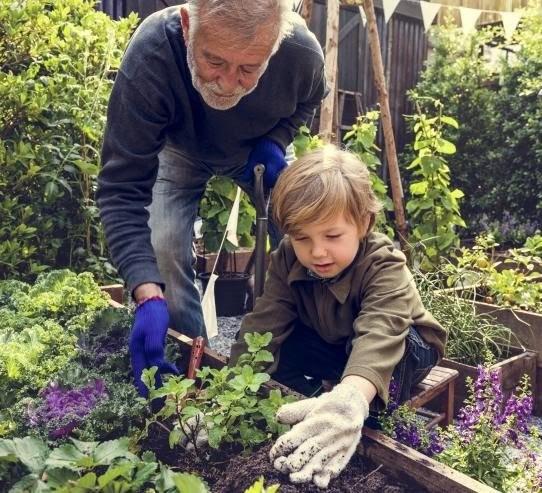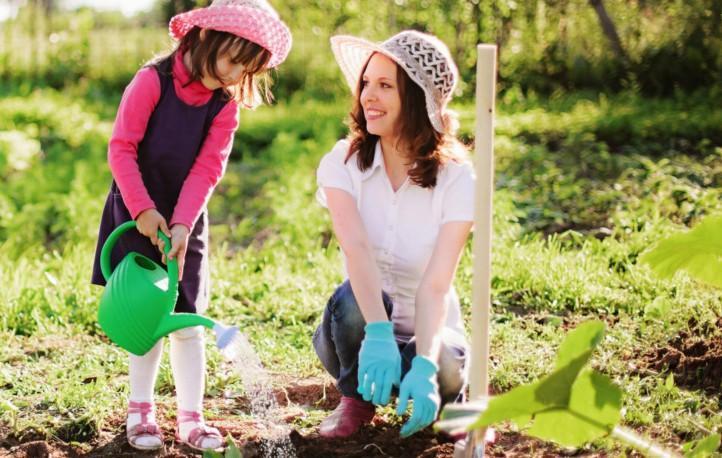By Cathy Thomas, Garfield County Master Gardener class of 2019
Fall gardening?! It’s only July! It may be the height of summer but gardening never takes a vacation. Hopefully, you are enjoying the fruits (and blooms) of your spring labors. To continue the bountiful harvest prune back and deadhead flowering annuals and perennials. Trim vegetable plants like tomatoes, okra, squash, sweet potatoes, and peppers to promote growth. Water well and mulch, mulch, mulch! Mulching not only conserves water, it conserves soil by preventing it from blowing away, controls soil temperature and fertilizer as it biodegrades.

This is a great time to fertilize roses, annuals, and containers. Avoid fertilizing trees and shrubs, though. Dig up spring-flowering bulbs. Divide them and replant, or share them with friends and family. Later in the month plant other spring-flowering bulbs like irises and families. If you harvest and save seeds for planting next year, allow seed heads from flowers to dry on the stalk and herbs and vegetables to ‘go to seed.’ Collect, clean and dry seeds from pulpy vegetables such as tomatoes, cucumbers, peppers, okra, and squash. Remember to label them and share them with family, friends, and the Enid and Garfield County Public Library’s seed library.

Record in your garden journal what you planted and where, how plants are growing, pests, diseases, and unusual weather issues. Take photos to include with your journal. Plan and begin planting your fall vegetable garden. Till in some compost and allow the soil to sit for a few days. Plan which plants you want and where to plant them. Smaller seeds that are planted closer to the surface may benefit from soaking in water before planting. Once planted, cover them immediately with mulch and water well. In addition, using sun shades can prevent the soil from becoming too warm and cooking your seeds or starter plants.
Many “tender” vegetables need to be harvested before a frost can be planted between July 15th and the beginning of August: pole beans, cilantro, corn, peppers, pumpkins, summer and winter squashes. Semi-hardy and hardy vegetables such as carrots, broccoli, Brussels sprouts, and parsnips can be planted at this time, too. Other hardy vegetables will benefit from planting after August 1st. A good source for more fall gardening information can be found in the Oklahoma Cooperative Extension Service fact sheet Fall Gardening HLA – 6009 available on the website http://osufacts.okstate.edu.
July is a great month to get children involved in gardening, as well. From deciding what flowers and vegetables they want to grow to harvesting, kids may love to “play in the dirt” with a grownup. Sharing watering duties for about fifteen to twenty minutes for children under five is a great activity for grandparents to engage grandkids. Allowing children 5 and older to help harvest vegetables and cut flowers brings a purpose to gardening for them. Weeding a garden to earn a tangible reward or even money is a great opportunity for 10-year-olds on up. Plus it’s also fun to do with a mentor or grandparent. Plant some fall annuals such as spider flowers (Cleome hybrids), blanket flower (Gaillardia), brown-eyed Susans (Rudbeckia), and marigolds (Calendula) are among the many choices. Planting in the evening will help seeds and tender new roots settle in before the summer heat of the day. Watering in the morning conserves water over-irrigating in the middle of the day and prevents mold from developing from water sitting on plants overnight. There is plenty to do in July!
































